GSMA Identifies 5G Spectrum Options and Calls for Harmonisation
The GSMA, which represents 800 Mobile Network Operators (MNO) from around the world, has identified a number of spectrum bands for future ultrafast 5G (5th Generation) based Mobile Broadband networks to use and called on governments and regulators to “collaborate on a harmonised approach.”
Historically the adoption of new mobile network technologies has tended to be quite fragmented, with different parts of the world often adopting different implementations of the same service type and using different spectrum bands. Thankfully we’ve seen a lot more harmonisation with the era of 4G and naturally the GSMA wants to see much more of this for 5G.
At present 5G is still in the Research & Development (R&D) phase, although we’re likely to see the first tentative deployments taking place towards the very end of this year and during 2017 (example).
However the International Telecommunication Union (ITU), which has targeted a peak performance of 20Gbps (Gigabits per second) under the IMT-2020 designation for 5G technologies, doesn’t expect to have a draft standard ready until towards the end of 2017 or early 2018.
The race is now on to identify which radio spectrum bands the service will occupy and to then get as many countries as possible to use them, which is easier said than done but regulators will need to be ready in time for a final decision at the World Radiocommunication Conference in 2019 (WRC-19).
As part of this the influential GSMA has today published a new 5G spectrum position paper, which outlines several recommendations that it hopes will enable the mobile industry to secure the necessary spectrum required for 5G.
GSMA Recommendations
1. Significant new widely harmonised mobile spectrum is needed to ensure 5G services meet future expectations and deliver the full range of potential capabilities.
2. 5G needs spectrum within three key frequency ranges to deliver widespread coverage and support all use cases. The three ranges are: Sub-1 GHz, 1-6 GHz and above 6 GHz.
– Sub-1 GHz will support widespread coverage across urban, suburban and rural areas and help support Internet of Things (IoT) services. 700MHz gets a specific mention.
– 1-6 GHz offers a good mixture of coverage and capacity benefits. This includes spectrum within the 3.3-3.8 GHz range which is expected to form the basis of many initial 5G services.
– Above 6 GHz is needed to meet the ultra-high broadband speeds envisioned for 5G. A focus will be on bands above 24 GHz – this includes growing interest in the 24 GHz and/or 28 GHz bands which could be easily implemented together in a single device due to their close proximity. There is also some interest in exploring bands in the 6-24 GHz range.
3. WRC-19 will be vital to realise the ultra-high-speed vision for 5G with low cost devices.
4. Licensed spectrum should remain the core 5G spectrum management model. Unlicensed bands can play a complementary role.
5. There is significant potential for the coexistence of 5G and other wireless services (e.g. satellite and fixed links) in higher frequency bands (e.g. above 24 GHz).
6. Technology neutral spectrum licences are essential. They allow bands which are used for existing mobile technologies to be easily refarmed for 5G thus ensuring spectrum is used most efficiently.
7. It is important that governments and regulators successfully support the needs of 5G at international spectrum discussions including WRC-19 and its preparatory meetings. This is essential due to the lengthy timeframes involved in making new mobile spectrum available.
8. Governments and regulators need to adopt national policy measures to encourage long-term heavy investments in 5G networks.
At present Ofcom has already identified several bands in different parts of the 6 – 100GHz radio spectrum range that could be candidates for the service in the United Kingdom (here) and they’re also working to free up the 700MHz band (here), as well as targeting some more in the 3.6 – 4.2GHz bands (here).
However much of this won’t be ready for commercial use in the UK until around 2020 and it’s worth noting that the highest frequencies will require a much more dense / expensive network architecture in order to overcome some of the natural limitations with coverage (higher frequencies don’t travel very far and are easily disrupted).
It’s worth noting that Samsung and Nokia have both demonstrated 5G technology using frequency bands like 28GHz (here) or 73GHz (here). Meanwhile Chinese firm Huawei and Japanese telecoms giant NTT DOCOMO have also shown that they could achieve 3.6Gbps of speed by using spectrum in the sub-6GHz bands.
John Giusti, Chief Regulatory Officer of the GSMA, said:
“Although the mobile industry, academic institutions and international standards-making bodies are developing the technologies central to 5G, success will depend heavily on affordable access to the necessary amount of spectrum.
It is essential that sufficient new mobile spectrum is made available – and that operators are allowed to repurpose existing spectrum for 5G when required. Governments are central to the WRC-19 process to identify harmonised spectrum for 5G and incentivise the necessary network investment.”
At this point in time most of the major Government’s around the world already seem to be playing their part by helping to push the development of 5G forward and when everybody in the room wants to reach an agreement then you usually end up with a good result, eventually.
Mark is a professional technology writer, IT consultant and computer engineer from Dorset (England), he also founded ISPreview in 1999 and enjoys analysing the latest telecoms and broadband developments. Find me on X (Twitter), Mastodon, Facebook and Linkedin.
« Telehouse Power Supply Fault Causes Disruption for Some UK ISPs
Latest UK ISP News
- FTTP (5516)
- BT (3514)
- Politics (2538)
- Openreach (2297)
- Business (2262)
- Building Digital UK (2245)
- FTTC (2044)
- Mobile Broadband (1973)
- Statistics (1788)
- 4G (1664)
- Virgin Media (1619)
- Ofcom Regulation (1461)
- Fibre Optic (1395)
- Wireless Internet (1389)
- FTTH (1381)
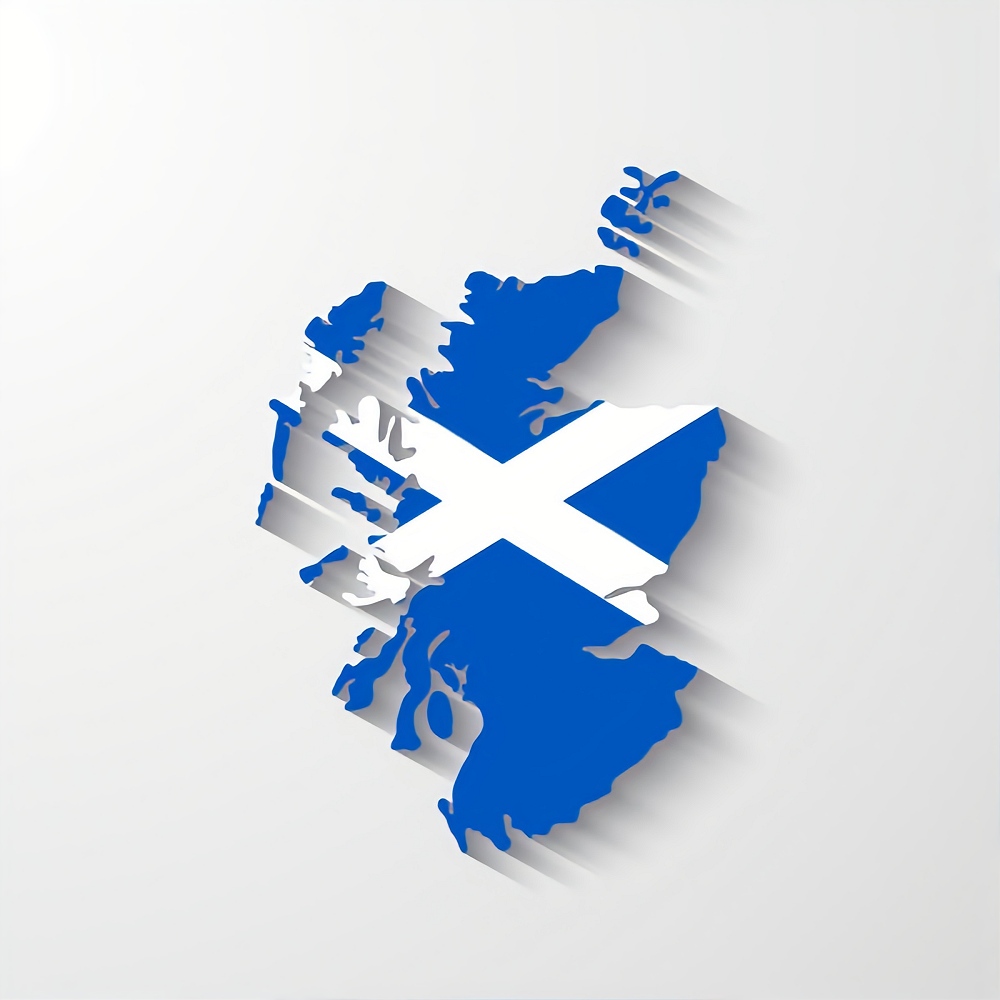
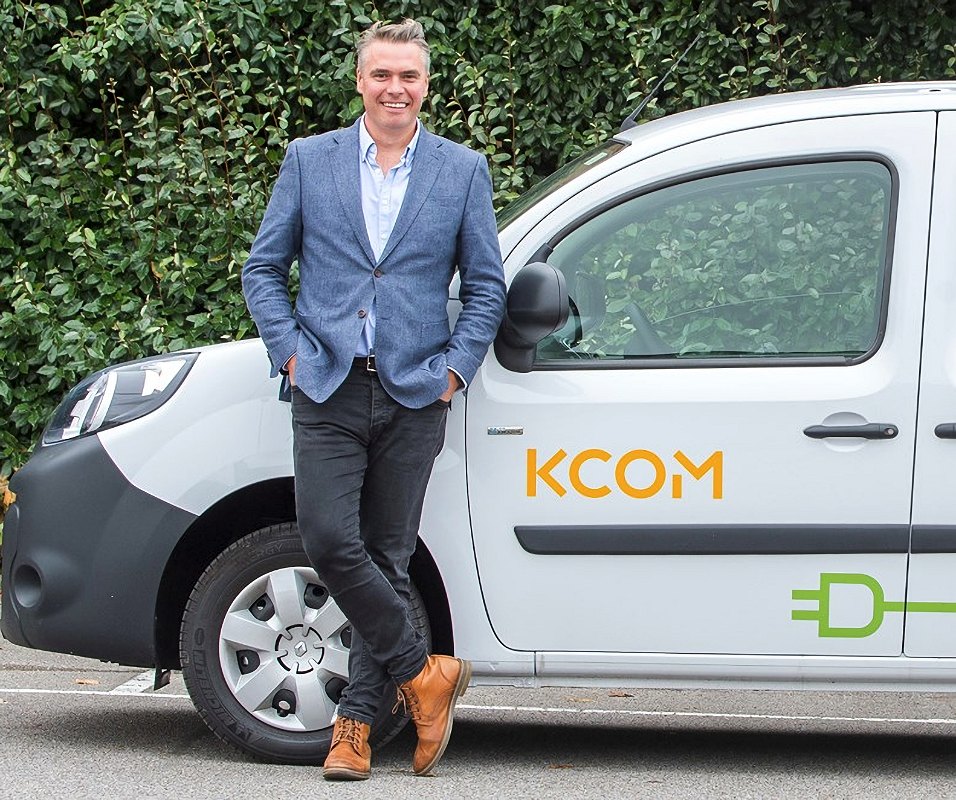

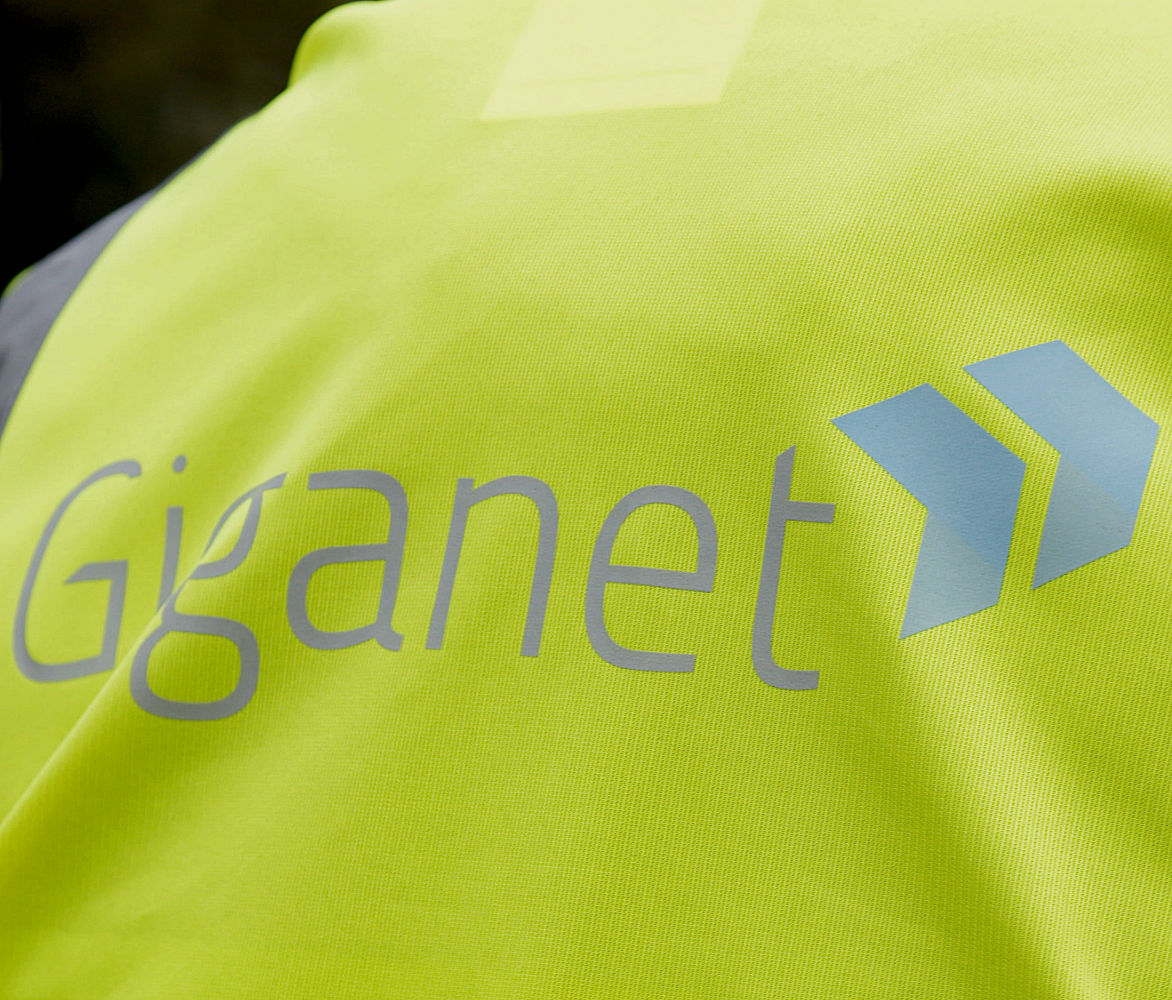












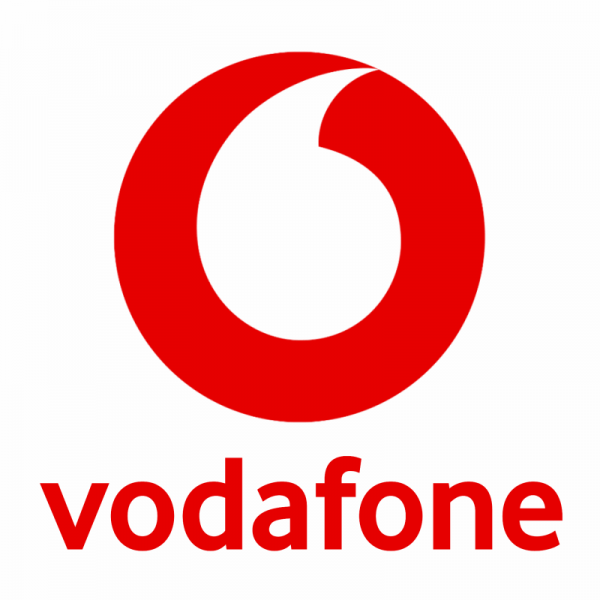
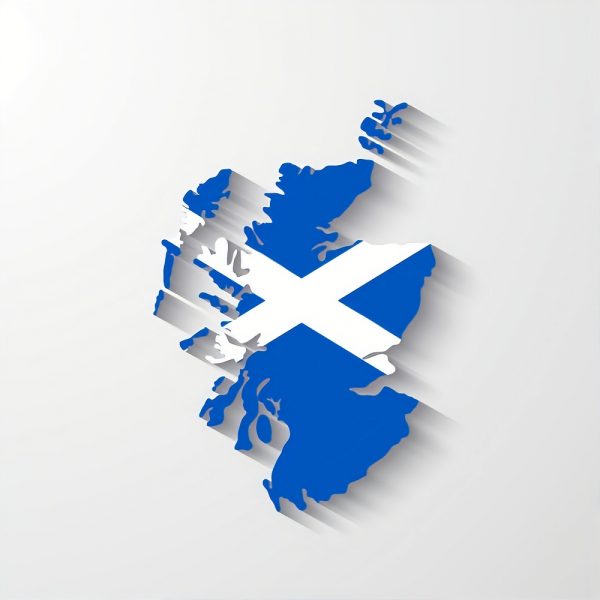
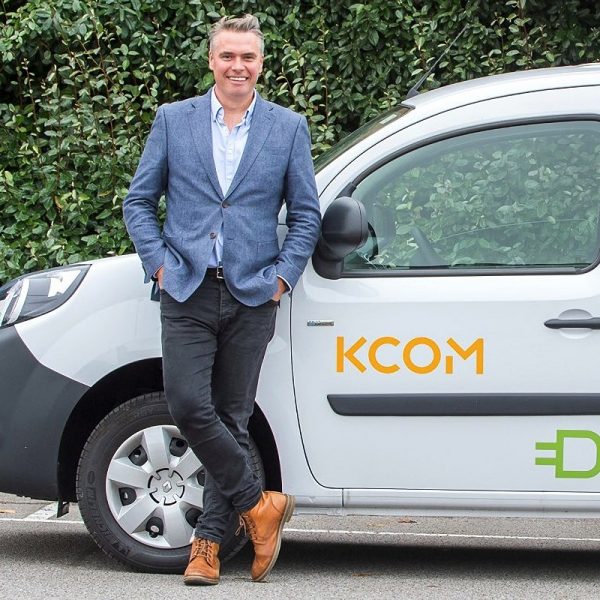
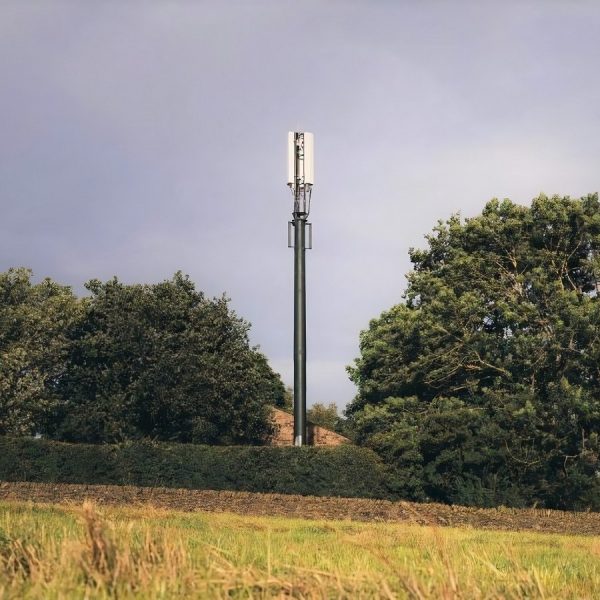
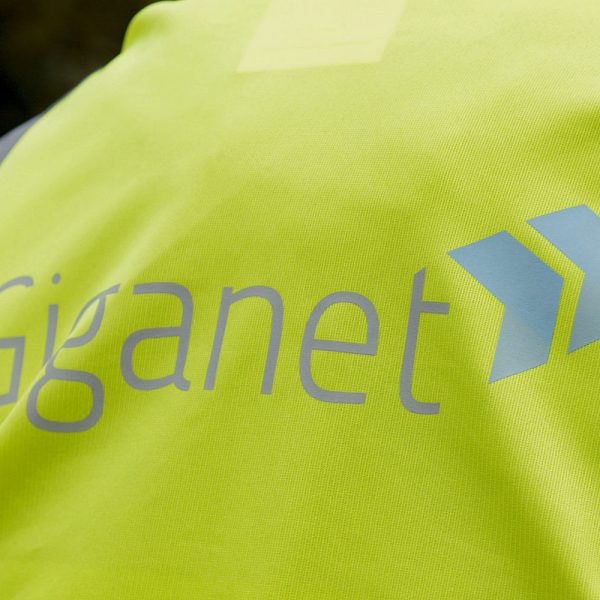



































Comments are closed